class k fire examples
Water or foam extinguishers will cause these kinds of fires to get worse so be on your guard. If you have a metal fire the best way to put this out is to use a dry powder extinguisher only.
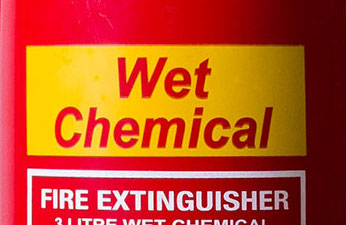
The 5 Types And Colours Of Fire Extinguishers And Their Uses Haspod
In America it is known as Class K whereas in Europe it is known as Class F.
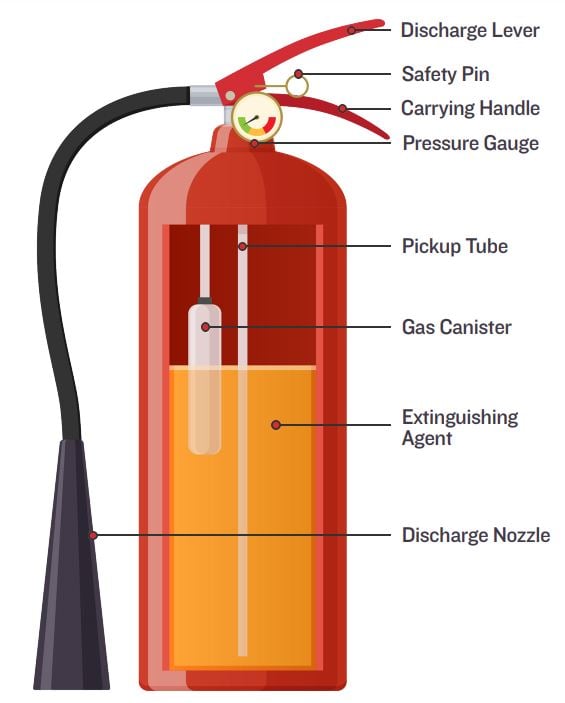
. Class F Fires Class K Fires The areas use F or K for the class of fire. When Class K elements reach a high. Adams Peoria IL 61602 Phone.
They are one of the more dangerous fires to combat and they are common in commercial kitchens. Titanium magnesium sodium lithium aluminum and potassium are examples of combustible metals. A Class C fire is a fire that involves electrical equipment electrical appliances or electrical wiring.
These fires are most commonly kitchen fires as they involve cooking oils. Selecting the Right Fire Extinguisher. Cooking Oils andor Fats.
Class K fire extinguishers specifically use extinguishing agents that separate and absorb the heat elements of the firethe fuel heat and oxygen necessary to start a fire. SWEEP Sweep the nozzle from side to side in small motions at the base of the fire. Electrical equipment appliances and wiring in which the use or a nonconductive extinguishing agent prevents injury.
Flammable liquids such as alcohol ether oil gasoline and grease which are best extinguished by smothering. Class A fires are defined as ordinary combustibles. This classification of fire is done based on the combustible material that can possibly catch fire accordingly the safeguards against such.
Laboratories are often typical environments where Class D fires occur. Example could be paper and cardboard common in offices and manufacturing. Class K fires arise from flammable liquids used for cooking like vegetable and animal fat-based oils and greases.
For example some types of fire extinguisher are better suited for use on certain types of fires than others. SQUEEZE Squeeze the handle slowly until the fire extinguisher discharges. These fires are not included in Class B since they have unique properties that require special attention.
A Class K fire can also be known as Class F fires. Basically class B fires have similar elements as those in class A fires. This is essentially the common accidental fire encountered across several different industries.
This will act to cover the base of the fire and should be continued until the fire is out. Examples of combustibles that cause a Class A fire include things such as paper rubber wood textiles straw plastic etc. As you might expect Class K fires are of special concern in the restaurant.
Wood fabric paper trash and plastics are common sources of Class A fires. These types are fires use commonly flammable material as their fuel source. Trash fires are one such example.
For example for it to burn there must be oxygen fuel heat and a prolonged chemical reaction. These types of fires involving cooking oils such as in deep-fat fryers. Using the wrong type of fire extinguisher on certain fires could cause more harm than good and create an even bigger catastrophe so it is important to understand the energy source before selecting the equipment required to extinguish.
Saponification takes place when alkaline mixtures are applied to burning cooking oil or fat creating a soapy foam on the surface that holds in the vapors and steam and extinguishes the fire. Ordinary solid combustibles such as paper wood cloth and some plastics. If you are an avid cook in your home they are likely a hazard in your residential kitchen too.
There are five different fire extinguisher classes that match up with the different types of fires. Class D Fires Extinguish with Dry Powder Agents. At Getz Fire Equipment Company we can provide you with advice on the use of these effective.
They are caused by energized electrical elements such as damaged power cors or overloaded electrical outlets. However they can cause a lot of damage within a short time considering the fact that they burn. These fires are also known as Kitchen fires because they are fires.
Each rating describes the type of fire the extinguisher can effectively fight. The 5 Classes of Fire Extinguishers. Wet mist containing chemicals such as potassium carbonate potassium acetate or potassium citrate that mix with the cooking grease.
The relevant graphics and letter designations that accompany these classes are specified by NFPA 10 the standard for portable fire extinguishers. The National Fire Protection Association NFPA categorizes fires by class. Class K fires involve liquid substances used in food preparation including cooking oil grease lard butter and olive oil.
Water should never be used to put out a Class D fire. Class A fires are fires involving solids ie it uses solid fuels. It could be furniture or fixtures and.
If the fire reignites afterwards repeat steps 2 to 4. Class ABC Class BC etc. It is easy to contain this type of fire if the source is cut off quickly.
Getz Fire Equipment Headquarters. Class K fire extinguishers work by saponification. There are four classes of fires.
Fires sparked by combustible metals are known as Class D fires. It is one of the five classes of fires along with A B D and K.
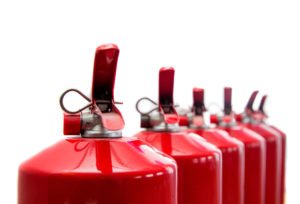
Fire Extinguisher Types How To Choose The Right Class

Nfpa 1 Location And Placement Requirements For Portable Fire Extinguishers Firecodefridays Nfpa

Nfpa 1 Location And Placement Requirements For Portable Fire Extinguishers Firecodefridays Nfpa

Find Out What The Symbols On Your Fire Extinguisher Actually Mean Foremost Promotions
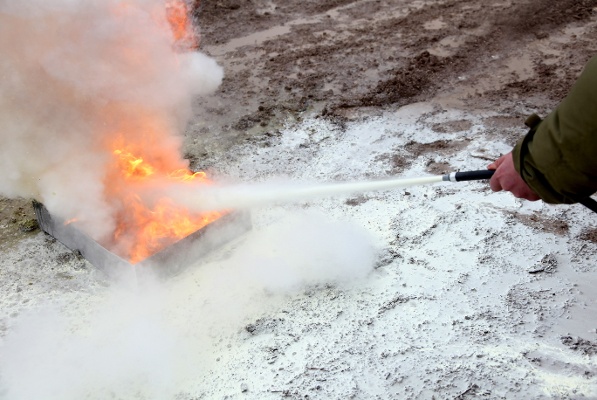
How To Clean Up Fire Extinguisher Residue
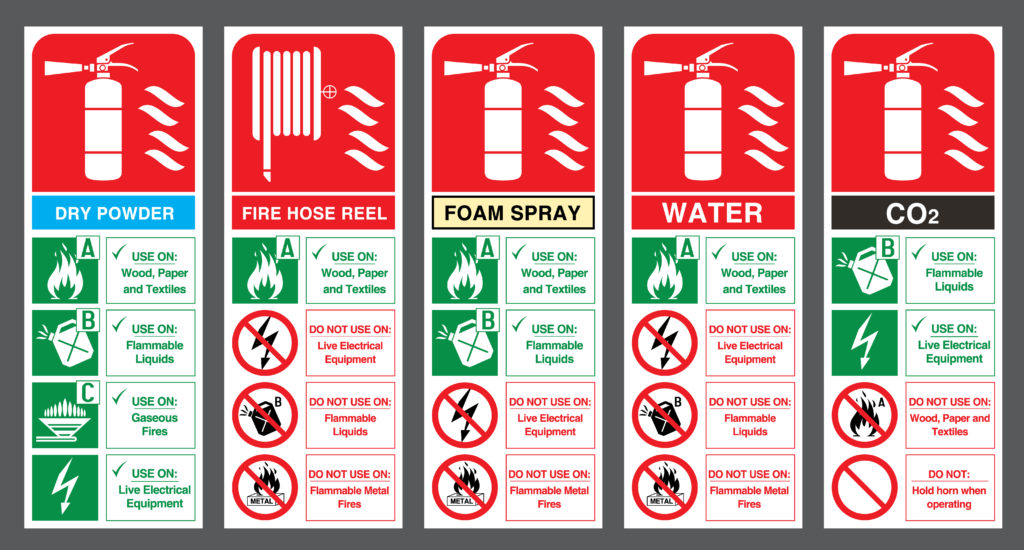
The Many Types Of Fire Extinguishers Fire Safety

The Five Classes Of Fires And The Fire Extinguishers That Stop Them Strike First Usa
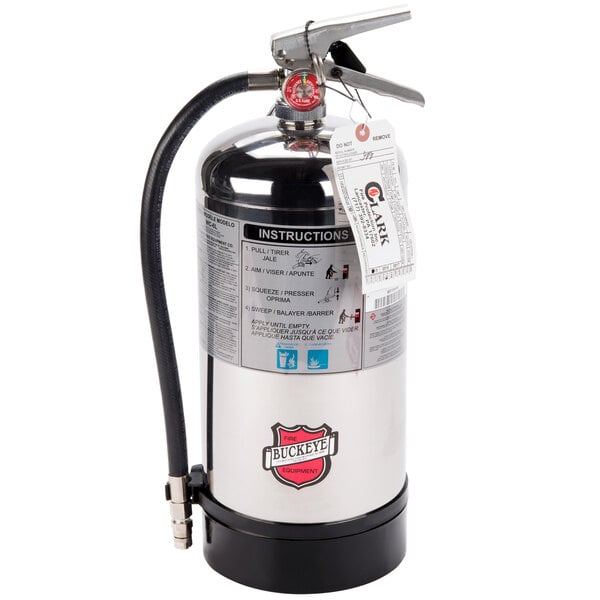
Guide To Fire Extinguisher Sizes Types Ratings
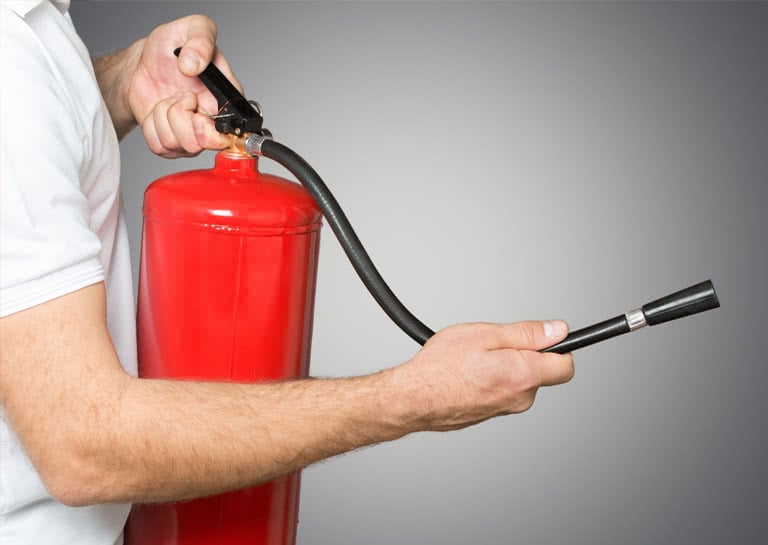
Guide To Fire Extinguisher Sizes Types Ratings
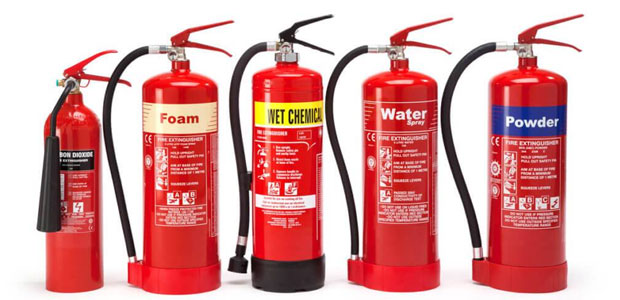
The Abcs Ds And Ks Of Fire Extinguishers Occupational Health Safety

Abcs Of Fire Extinguishers Fire Prevention Services The University Of Texas At Austin

The Five Classes Of Fires And The Fire Extinguishers That Stop Them Strike First Usa

Guide To Fire Extinguisher Sizes Types Ratings

Find Out What The Symbols On Your Fire Extinguisher Actually Mean Foremost Promotions
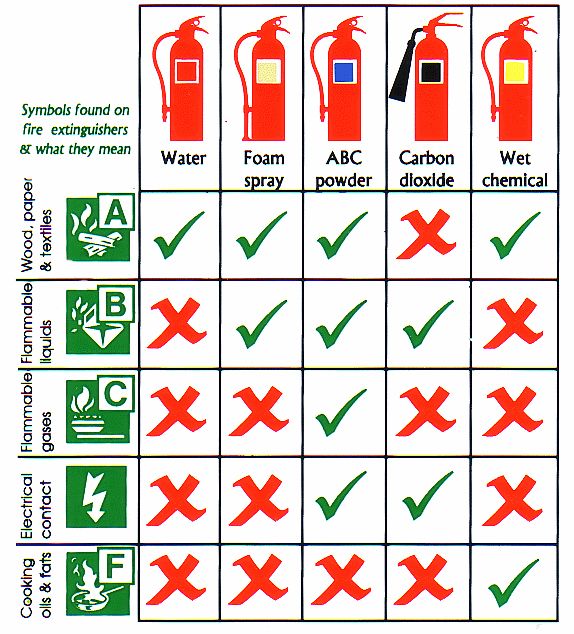
Fire Extinguisher Types How To Choose The Right Class
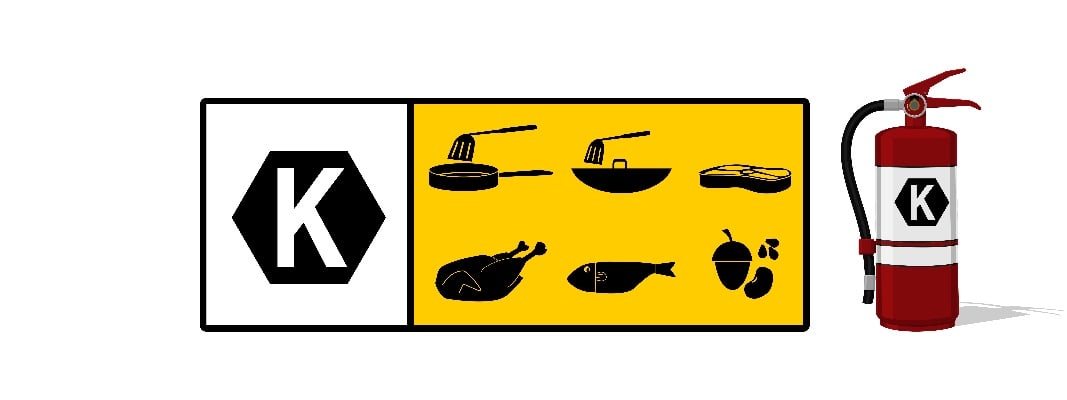
What Is A Class K Fire Extinguisher Used For

Types Of Fires Kidde Fire Safety
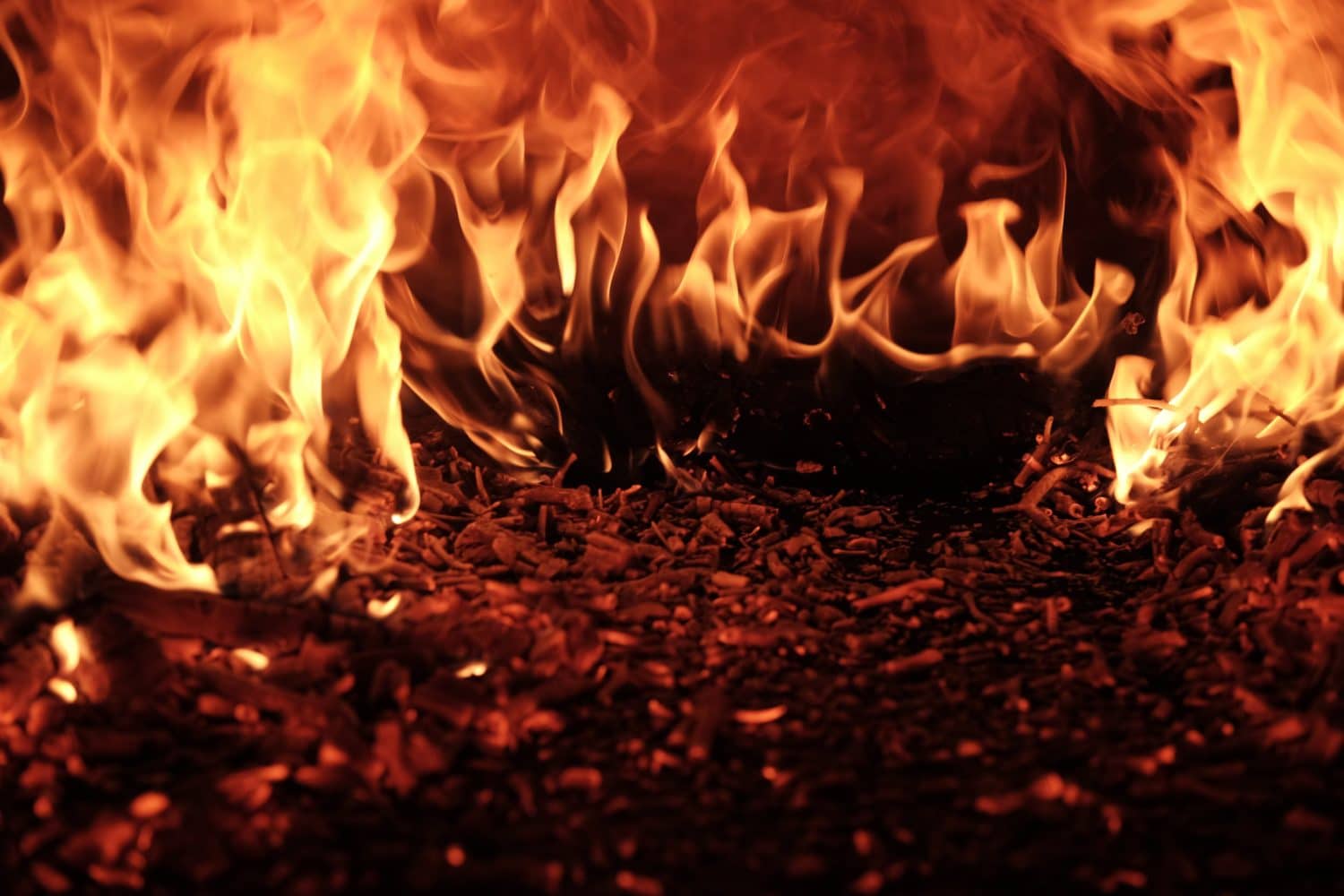
What Are The 5 Different Classes Of Fires Vanguard

The Types Of Fire Extinguishers Classifications Water Foam Co2